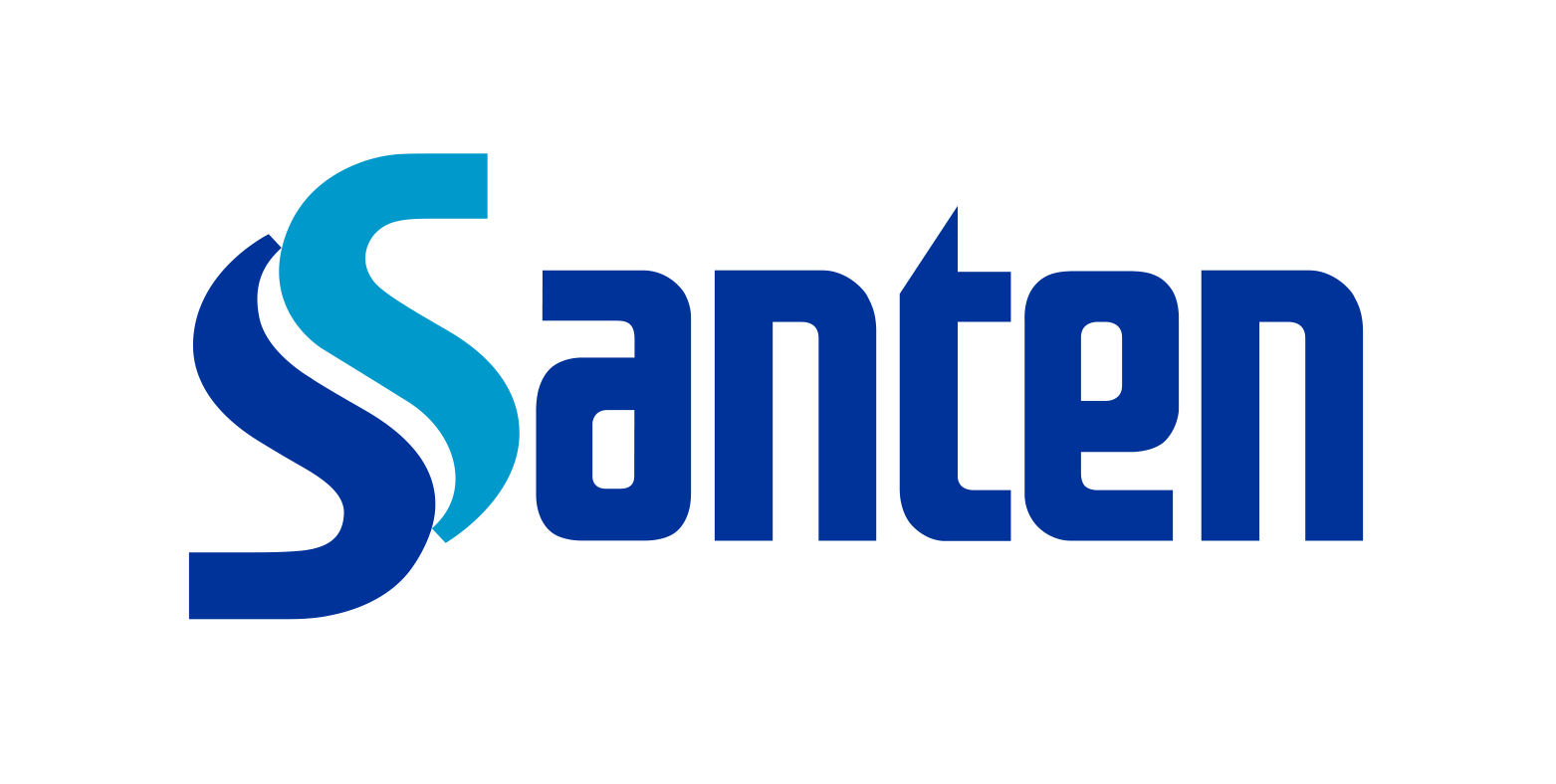What is Lutein?
Lutein is a pigment which is present in high concentrations in the macula of the eye.1 Lutein levels gradually decrease in the body due to ageing, exposure to UV light or smoking.2-6
Do you know how Lutein can help protect your eyes?
Sometimes called “eye vitamin”, Lutein supports eye health by filtering harmful blue light rays in sunlight.7-9
Fun Fact
The word Lutein comes from the Latin word “Lutea” meaning yellow. In normal concentrations, this pigment is yellow, but looks orange or red at higher concentrations.10
Think you know your eye-healthy foods?11
Click on the picture below to select the food with the most Lutein and Zeaxanthin nutrients per serving.
Try again
You are corect
1 CUP COOKED KALE
130 g (1 cup) cooked Kale contains 25.6 mg of Lutein and Zeaxanthin11
quiz01
1 CUP COOKED BROCCOLI
130 g (1 cup) cooked broccoli contains only 1.41 mg of Lutein and Zeaxanthin11
quiz01
- Bernstein PS, et al. Prog Retin Eye Res 2016;50:34-66.
- Cheung CM, et al. Ophthalmology 2014;121:1598-1603.
- Wagle AM, et al. Ann Acad Med Singapore 2015;44(4):116-118.
- Mainster MA. Br J Ophthalmol 2006;90:784-792.
- Tosini G et al. Mol Vis 2016;22:61-72.
- Obana A, et al. Ophthalmology 2008;115(1):147-157.
- Barker FM, et al. Invest Ophthalmol Vis Sci 2011;52:3934-3942.
- Evans JR, et al. Cochrane Database Syst Rev 2012;11:CD000254.
- Moeller S et al. Arch Ophthalmol 2008;126(3):354-364.
- Mc Cament-Mann, LA and Garrett KE. National Capital Poison Center. Safety and benefits of Lutein. Available from: https://www.poison.org/articles/lutein-safety-and-benefits-172. Accessed on 14th January 2019.
- National Nutrient Database for Standard Reference 1 Release April 2018. Available from: https://ndb.nal.usda.gov/ndb/nutri ents/report?nutrient1=338&nutrient2=&nutrient3=&&max=25&subset=0&offset=0&sort=c&totCount=5206&measureby=m. Accessed on 22nd January 2019.
How does Lutein help? 1
Lutein protects retina by:
Acting as a protective filter absorbing harmful blue light rays 1
Protecting the retina from harmful free radicals through its anti-oxidant properties1
- Bernstein PS, et al. Prog Retin Eye Res 2016;50:34-66.
Lutein is not produced by the body and it is important to obtain this nutrient through daily diet.
Lutein is found in high amounts in green leafy vegetables (Kale, spinach, broccoli), orange and yellow fruits and vegetables (corn), egg yolk, fortified milk and animal fat.1-4
Currently, there is no recommended daily intake for Lutein, but recent studies show health benefits in taking 10 mg/day of Lutein supplement.5
| 1 cup cooked | Lutein + Zeaxanthin (mg)6 |
| Kale | 23.7 |
| Spinach | 20.3 |
| Chard | 19.2 |
| Mustard greens | 14.5 |
| Collards | 11.7 |
| Dandelion greens | 9.6 |
| Green peas | 4.1 |
| Whole egg | 2.2 |
| Corn | 0.8 |
| Broccoli | 0.8 |
Is your diet rich
in Lutein?
If you are not getting enough sources of Lutein from your diet, supplementation may help.7
- Bernstein PS, et al. Prog Retin Eye Res 2016;50:34-66.
- Eisenhauer B, et al. Nutrients 2017;9(2):120;doi:10.3390/nu9020120.
- Perry A, et al. Journal of Food Composition and Analysis 2009;22:9-15.
- Alves-Rodrigues A. Kemin Health, L.C. Technical literature, 2004.
- American Optometric Association. Lutein and Zeaxanthin. Available from: https://www.aoa.org/patients-and-public/caring-for-your-vision/diet-and-nutrition/lutein. Accessed on 14th January 2019.
- National Nutrient Database for Standard Reference 1 Release April 2018. Available from: https://ndb.nal.usda.gov/ndb/nutrients/report?nutrient1=338&nutrient2=&nutrient3=&&max=25&subset=0&offset=0&sort=c&totCount=5206&measureby=m. Accessed on 22nd January 2019.
- Richer S, et al. Optometry 2004;75:216-230.
SanteLutax®20
SanteLutax®20 supplements contain purified FloraGLO® Lutein specially tailored to the Asian diet based on Japanese dietary recommendations.2
Studies have shown, up to 20 mg/day of purified Lutein supplements are acceptable for adults and can help support eye health.3-5
SanteLutax®20 is a supplement containing 20 mg Lutein per capsule. It is suitable for those who have a well-balanced diet.6,7
SanteLutax®15
SanteLutax®I5 is a supplement containing 15 mg Lutein with added antioxidants, vitamin C, vitamin E, zinc, and copper with 3 capsules. High doses of added antioxidants have been shown to support eye health.8
The quantity of micronutrients included in SanteLutax®I5 are within the Food and Agricultural Organization (FAO) / World Health Organization (WHO) recommended range of vitamin and mineral requirements (average body weight between 55-65 kg).9
- Bernstein PS, et al. Prog Retin Eye Res 2016;50:34-66.
- Dietary Reference Intakes for Japanese, 2005. Ministry of Health, Labour and Welfare, Japan, Tokyo,2005 (in Japanese).
- Buscemi S, et al. Nutrients 2018;10,1321;doi:10.3390/nu10091321.
- Mares J. Annu Rev Nutr 2016;36:571-602.
- Ma Le and Lin Xio-Ming. J Sci Food Agric 2010;90:2-12.
- Maci S. European Ophthalmic Review 2011;5(2):127-129.
- Evans M, et al. Eur J Nutr 2013;52:1381-1391.
- Rasmussen HM and Johnson EJ. Clin Interv Aging 2013;8:741-748.
- World Health Organization. Food and Agriculture Organization of the United Nations. Vitamin and mineral requirements in human nutrition [report of a joint FAO/WHO expert consultation, Bangkok, Thailand, 21-30 September 1998: World Health organization: 2004. Available from: http://apps.who.int/iris/bitstream/handle/10665/42716/9241546123.pdf?sequence=1. Accessed on 25th January 2019.

